I’ll buy the Vision Pro, but I need Apple to answer these 11 questions first
I said long ago that I would buy Apple’s mixed reality headset the first chance I got. I believed the device will set the stage for the post-iPhone future. That was well before Apple’s WWDC 2023 event, where the Vision Pro became official.
The event further convinced me that I needed to experience the next-gen of Apple computing from its early days. Vision Pro and visionOS will one day let Apple build a glasses-like device that complements and/or replaces the iPhone.
I was willing to spend the rumored $3,000 to get the AR/VR headset before WWDC. While I don’t appreciate the actual $3,499 Vision Pro price that Apple announced the other day, I understand it. The Vision Pro packs a ton of futuristic tech not available elsewhere. Apple sank billions of dollars into making this thing, so it must recoup some of that.
Still, I have a few questions about the Vision Pro that I’ll wait for Apple to answer in the coming months.
Will this thing give me nausea?
This is probably my most important concern about the Vision Pro right now. Will it give me nausea after prolonged usage? I hope it won’t be the case, but I don’t want to spend $3,499 only to discover that I can’t wear the device for long sessions because it’ll make me sick.
What are the Vision Pro specs?
We know from Apple’s Vision Pro presentation and web page that Apple placed two chips inside the Vision Pro. The M2 System-on-Chip (SoC) that also powers the brand new 15-inch MacBook Air will handle visionOS and the regular computing tasks that come with daily usage.
The R1 chip will deal with the information from the 21 sensors inside the Vision Pro, including 12 cameras, to deliver the video passthrough experience.
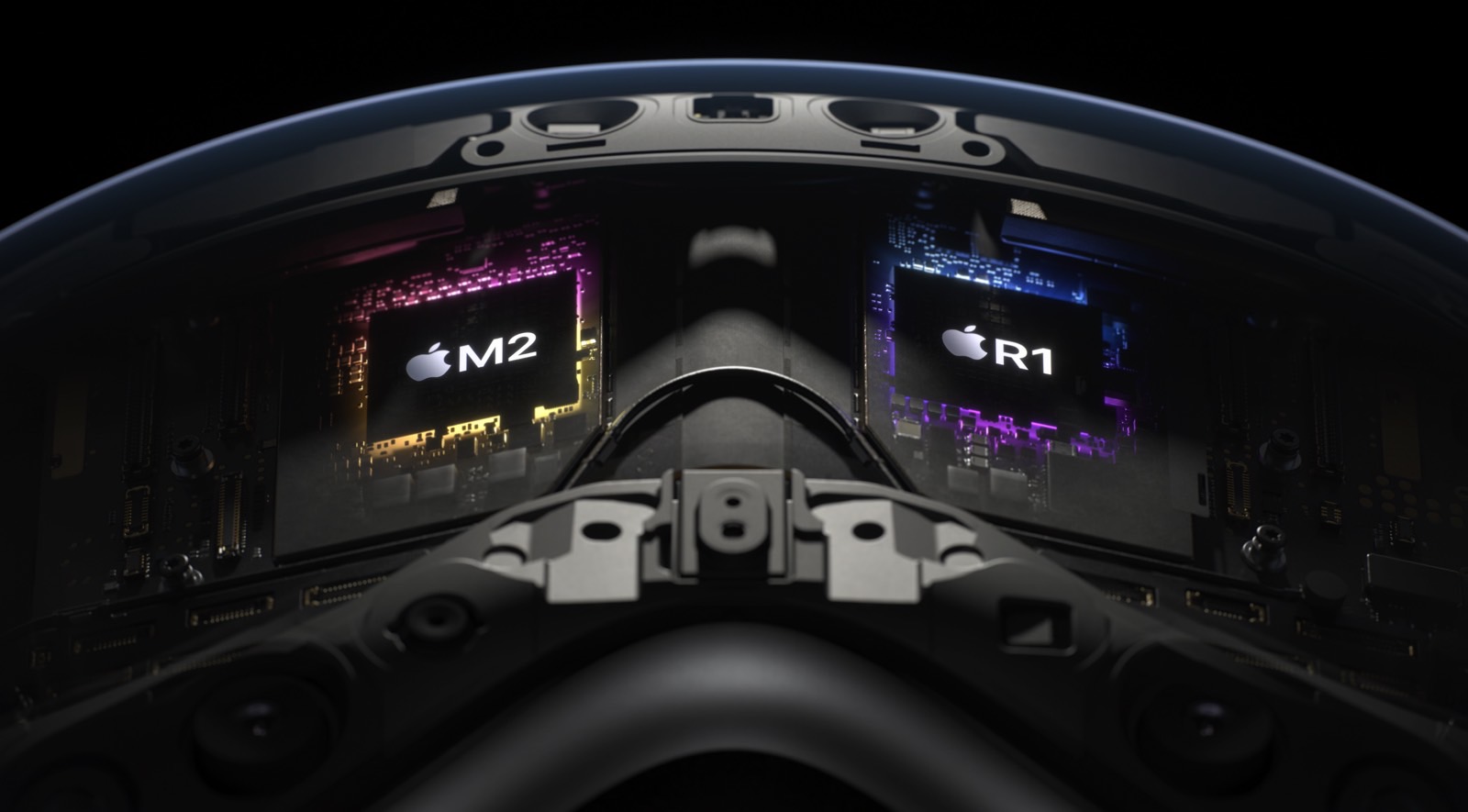
What Apple didn’t mention is the RAM and storage. I already told you I expect a 16GB/256GB combo for the lowest price tier. But these details are important for a computing device I’ll wear on my face.
I want it to pack enough RAM so the OS never stutters. I’d hate it to overheat while I use it, and I’ll tackle that later. Also, I want enough storage for visionOS and iPadOS apps. I told you that comparing the Vision Pro to a VR headset is wrong. This is a computer of the future, and I plan on using it as one.
I might not be a developer, but I’ve been closely watching the evolution of tech evolve for well over a decade. That means having hands-on experiences with the newest devices. And I’ll do that with the Vision Pro as well.
How durable is the Vision Pro glass?
The Vision Pro forward-facing outer shell is made of “three-dimensionally formed laminated glass” that curves around your face. It covers several sensors and a forward-facing OLED Panel, the EyeSight display that will show your eyes to people around you.
I need to know how durable that glass is. I plan on being extra careful with this thing, and I’ll never use it outside of the house unless I’m on one of those long-haul flights that Apple showed. Still, accidents can happen, and glass is glass.
The last thing I want is to have a $3,499 computer fail because of a stupid drop.
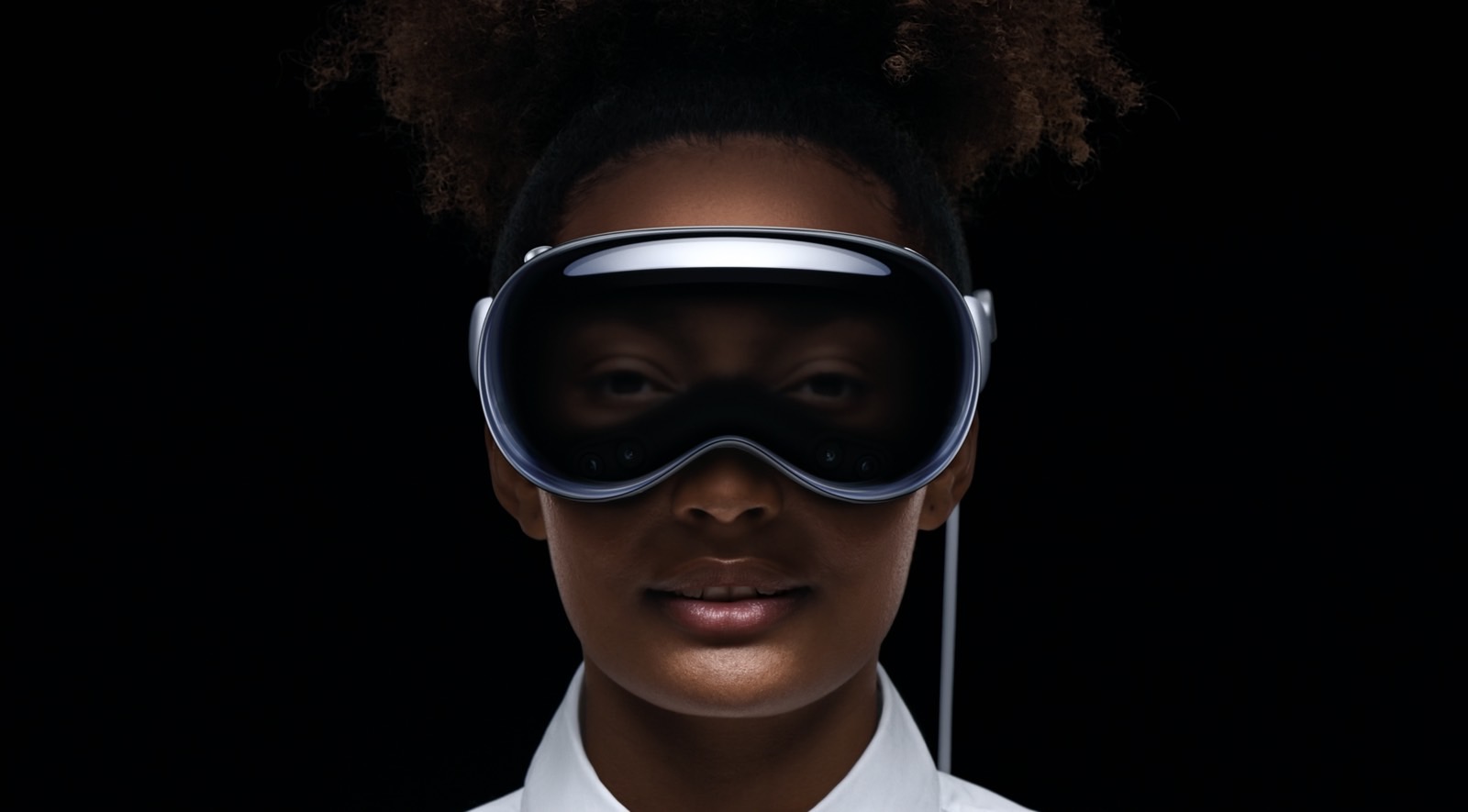
What does AppleCare+ cost?
On that note, the Vision Pro headset is the product to consider getting AppleCare+ for. And I expect it to be expensive. Apple hasn’t explained what the extra coverage will cost and what sort of out-of-pocket repairs I’d be exposed to.
What comes in the Vision Pro package?
Since I did mention durability, I want to know what comes in the Vision Pro box. Will there be a carrying case to protect this thing?
That $3,499 is just the starting price. You might have to pay more than that for more RAM and storage, but I’m speculating here. But you’ll definitely have to pay more for accessories, like different Head Bands.
What I’m interested in is how much the Vision Pro battery costs. The battery pack that ships with the Vision Pro will give you up to 2 hours of battery life. You might need more than one if you plan on using the headset for longer sessions without plugging in that battery.
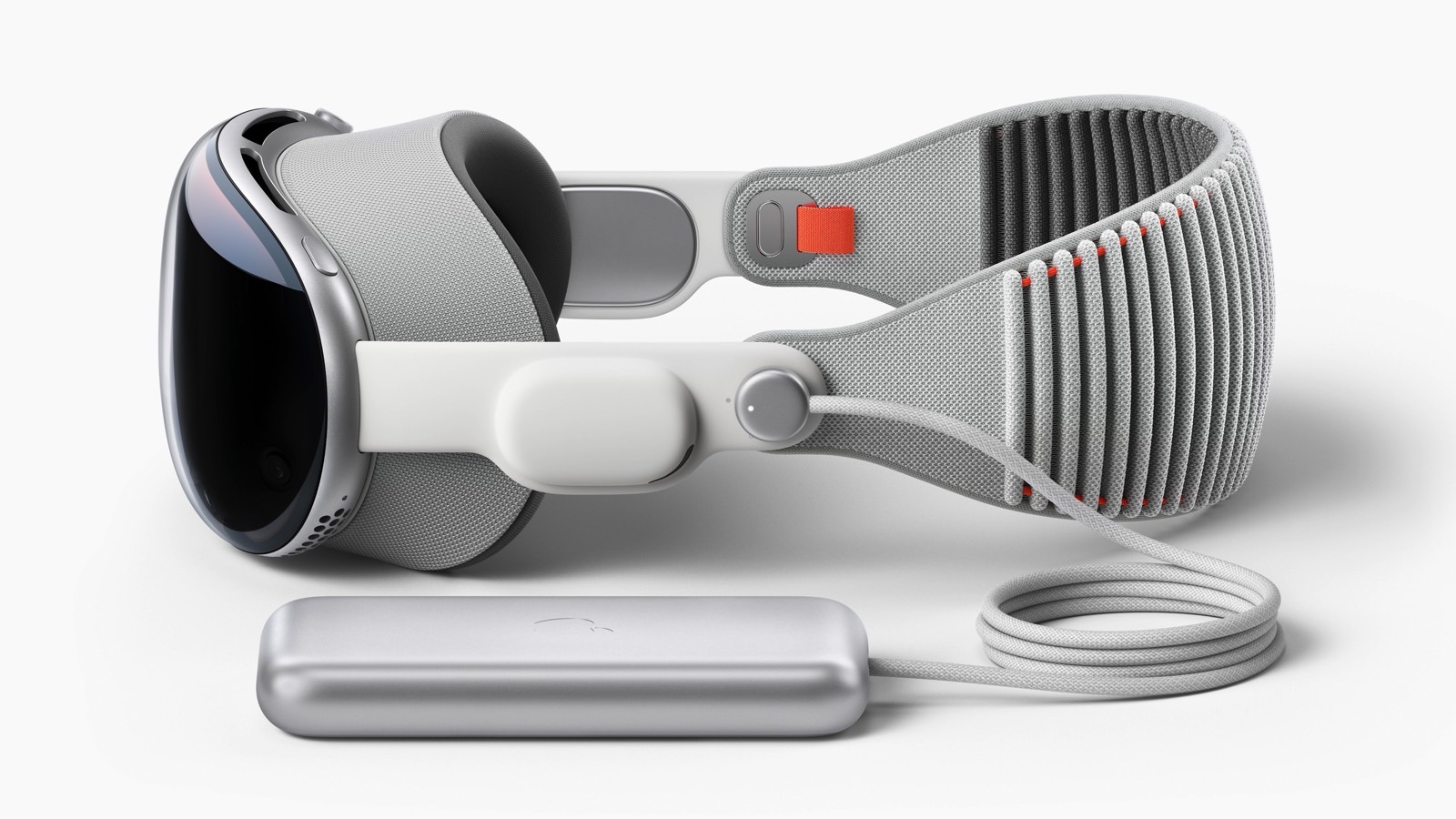
Will third-party batteries work with the Vision Pro?
I don’t expect Apple to support third-party batteries, at least not initially. But I still have to ask: Will third-party batteries work with the Vision Pro?
I will point out the obvious fix. The Vision Pro’s external battery recharges via USB-C. And you can use the Vision Pro all day long if that battery is plugged in.
Now, all you need is an external battery pack that you’d use for iPhone and a USB-C-to-USB-C cable to connect that extra battery to the Vision Pro’s battery.
Yes, you’d be a walking robot with wires sticking around you. But it should work.
How much will prescription lenses cost?
Apple already revealed that it’s working with Zeiss on corrective lenses for the Vision Pro that people with eyesight issues will want to buy. But we don’t have a cost for them. That’s an important detail to know ahead of purchasing the Vision Pro.
One alternative is wearing contacts with a regular Vision Pro if that’s what you use to correct your vision.
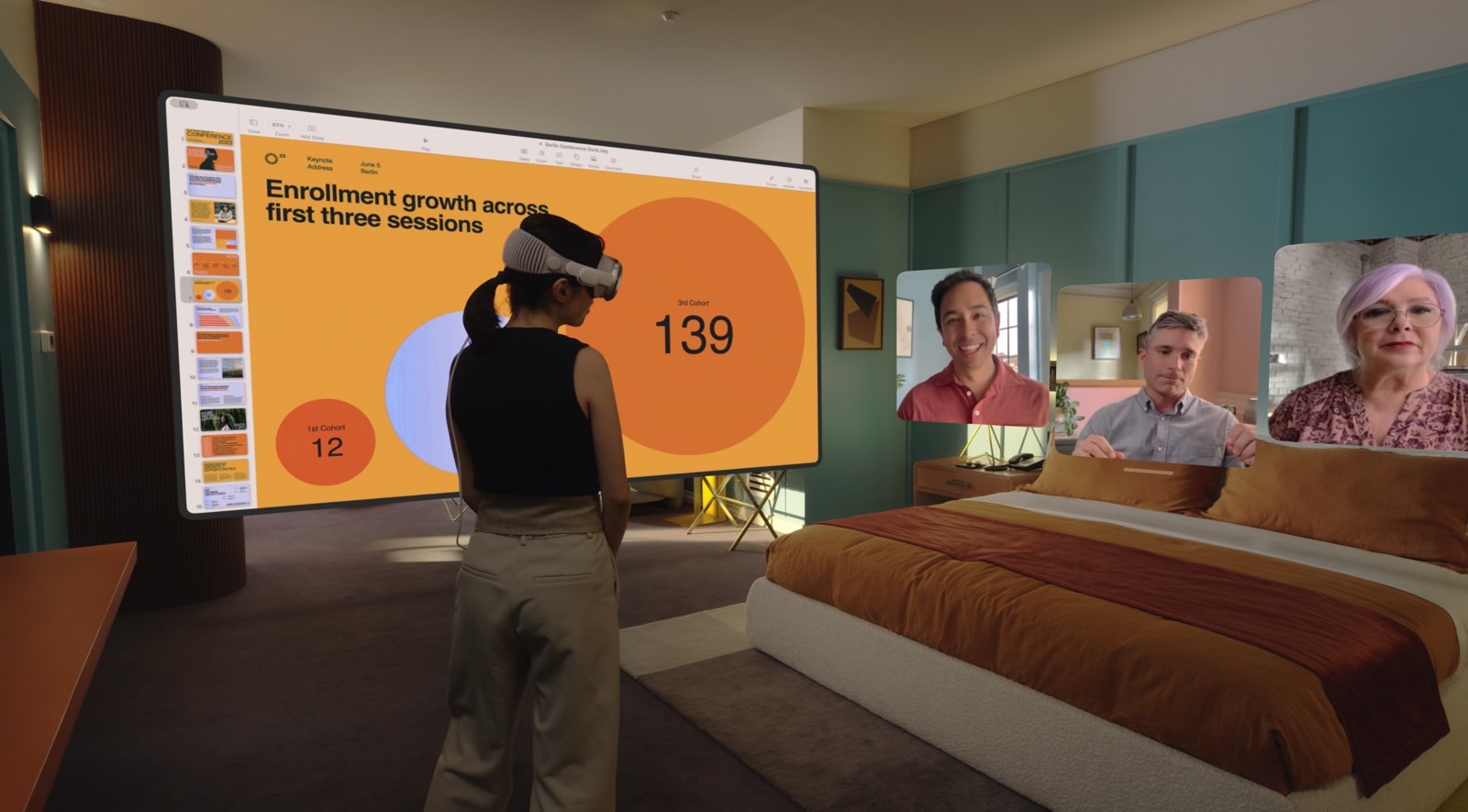
How much does it weigh?
I’d like to introduce Vision Pro to my work routines as soon as I get it. It’ll let me extend my workspace significantly wherever I might be.
Therefore, I need to know how much it’ll weigh to comfortably wear it while I work. The same goes for entertainment consumption.
Apple did not reveal the device’s weight, but this thing is made of glass and metal. Vision Pro hands-on previews said the gadget weighs about a pound. Some reviewers said the Vision Pro is comfortable. Others said it’s a little heavy.
Will it ever overheat?
I did mention Vision Pro specs before and overheating. The last thing I’d want for a head-worn device I plan on using for work is to get hot. As you can see in the following image, the Vision Pro’s custom aluminum shell has plenty of openings that allow air to cool down the components.
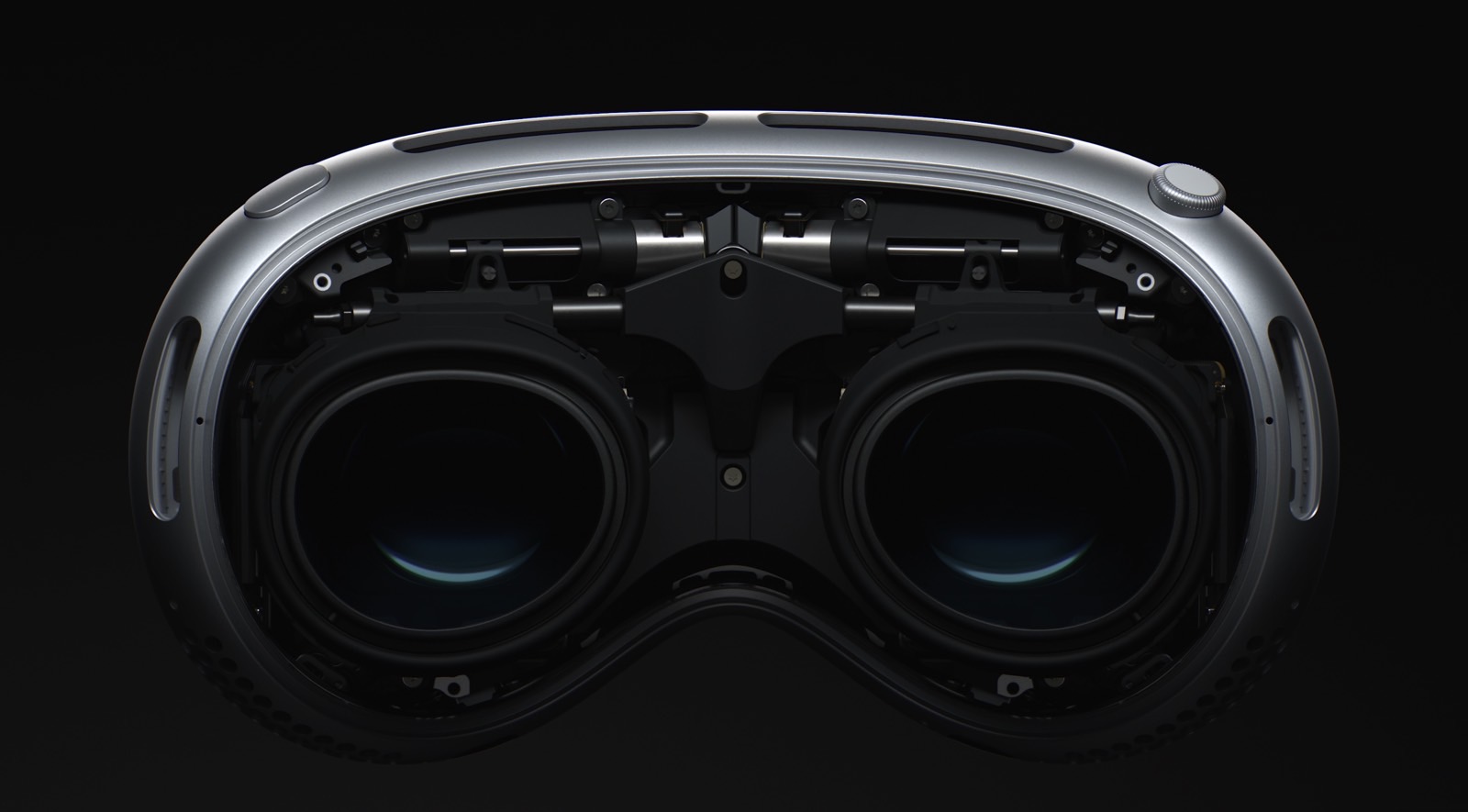
Also, the M2 processor will only handle an operating system that looks a lot like iOS. The R1, meanwhile, will stream data.
I’d like to know what it takes for this thing to overheat and what happens then. We know from the Vision hands-on previews that the 30-minute demos kept the device cool. But those were very specific demos.
Hopefully, Apple will address these concerns down the road.
Can you upgrade the Vision Pro?
Like the third-party battery question, I already know the answer to this one. I’d love it if Apple could somehow upgrade the chips of the Vision Pro in two years’ time. I envision a future where you can swap those chips and keep using the product.
However, MacBook designs taught us there’s no way to upgrade the chip or RAM (on the latest models). I expect that to be the case with the Vision Pro. Still, I’d expect the device to continue to work well for at least three years after purchase.
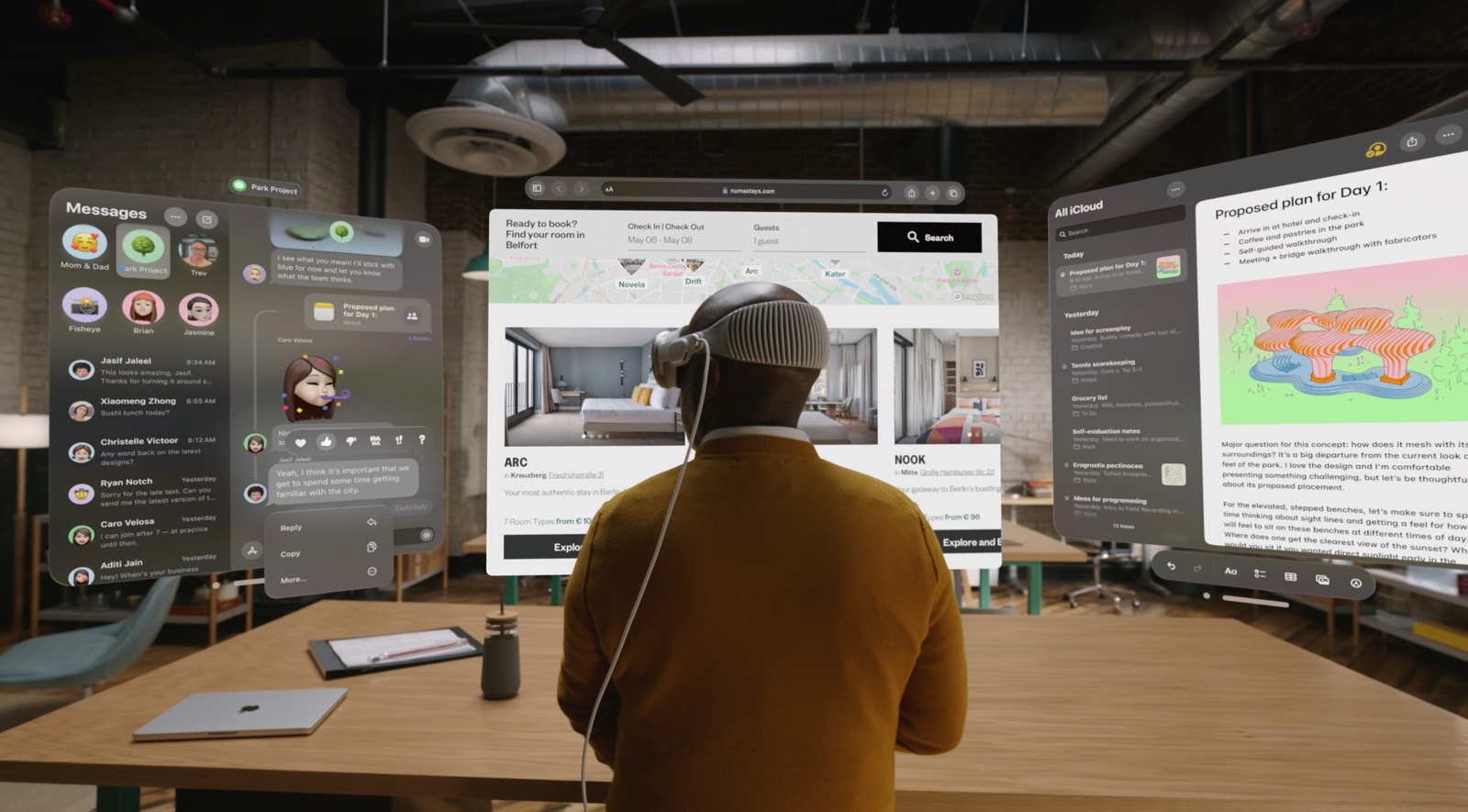
However, one good thing about the headset is that I won’t have to worry about an internal battery degrading.
On the same note, I hope Apple will create a great trade-in program for Vision Pro 2 and future headsets.
For all the latest Technology News Click Here
For the latest news and updates, follow us on Google News.
